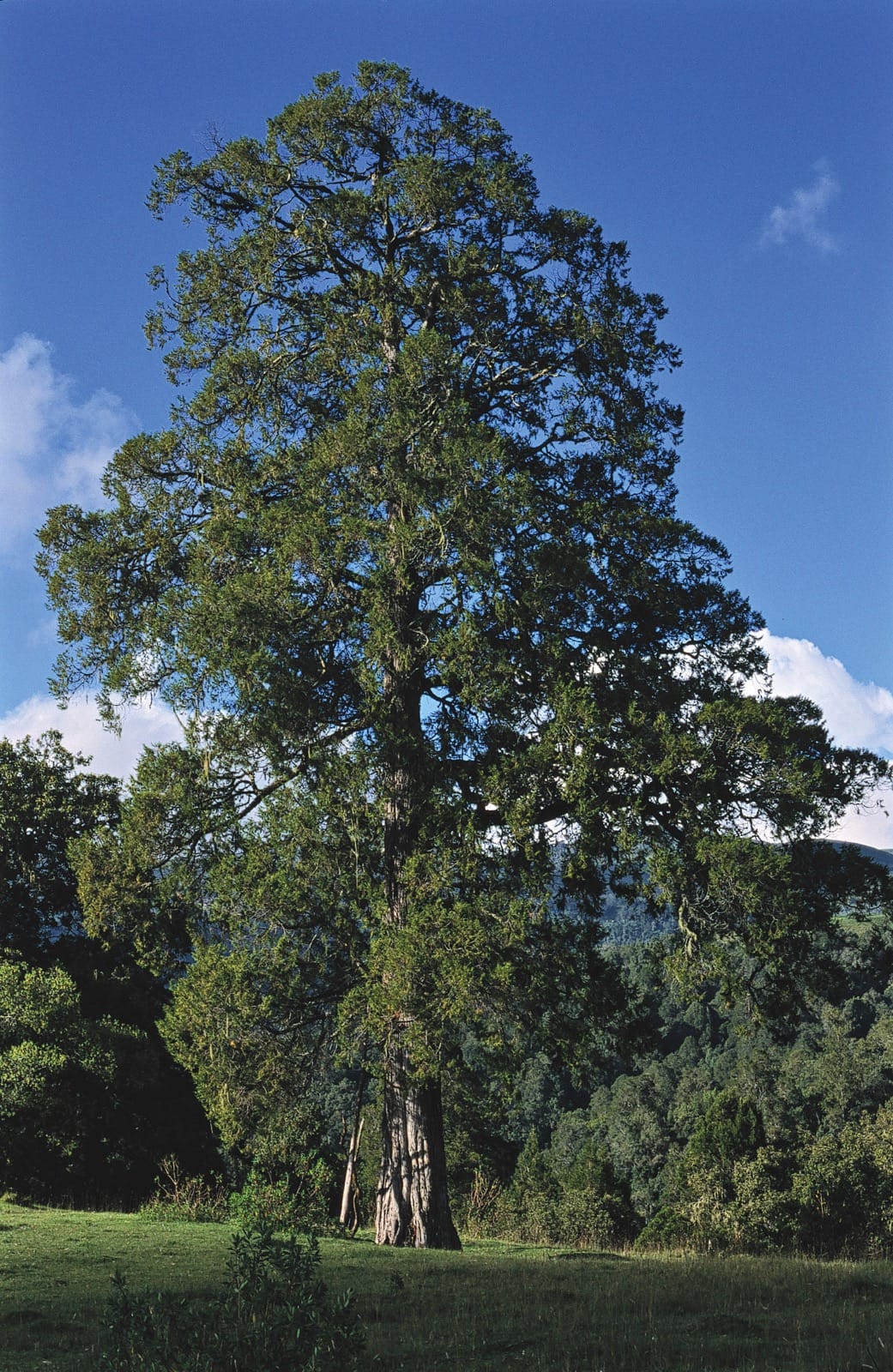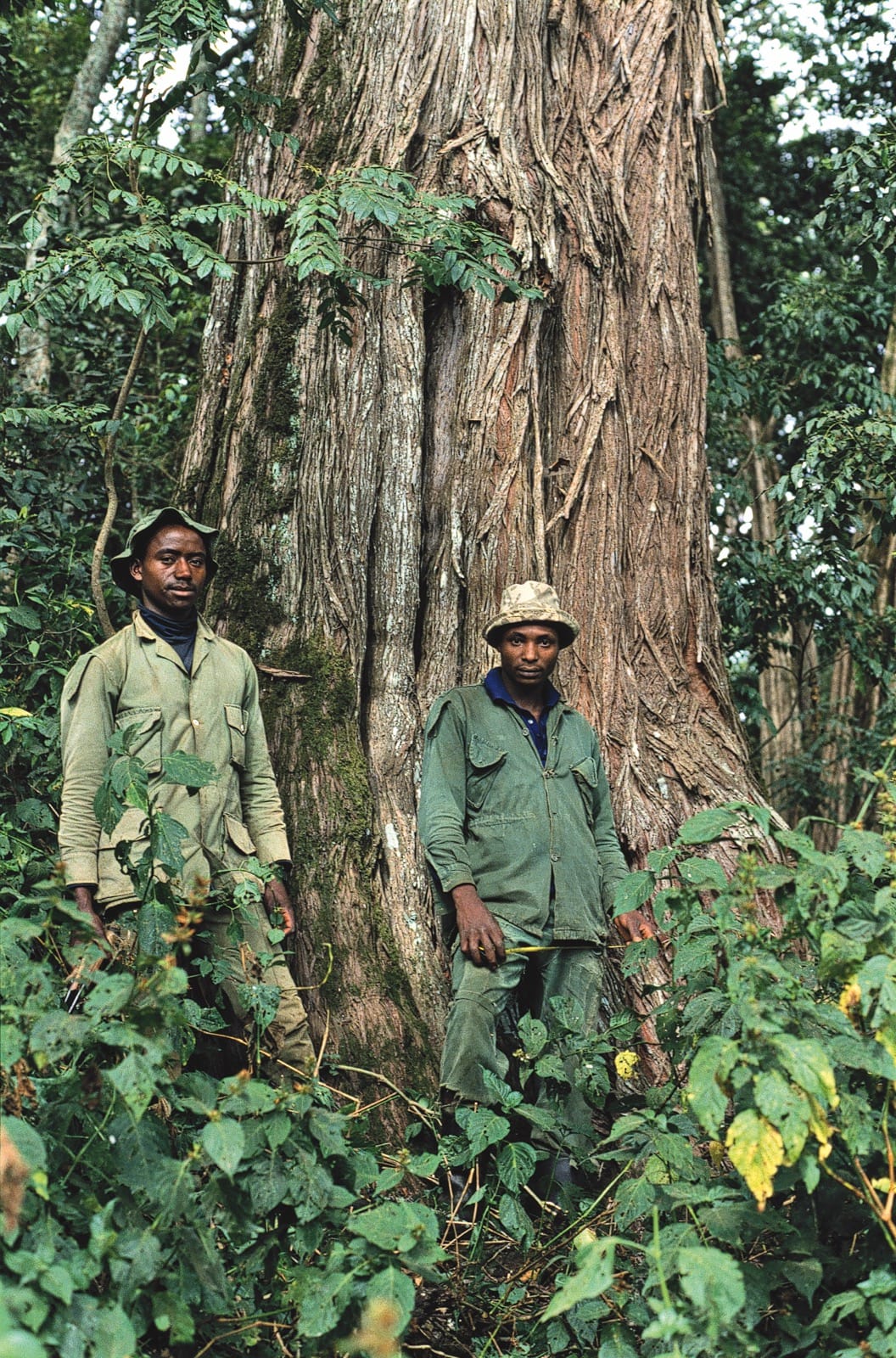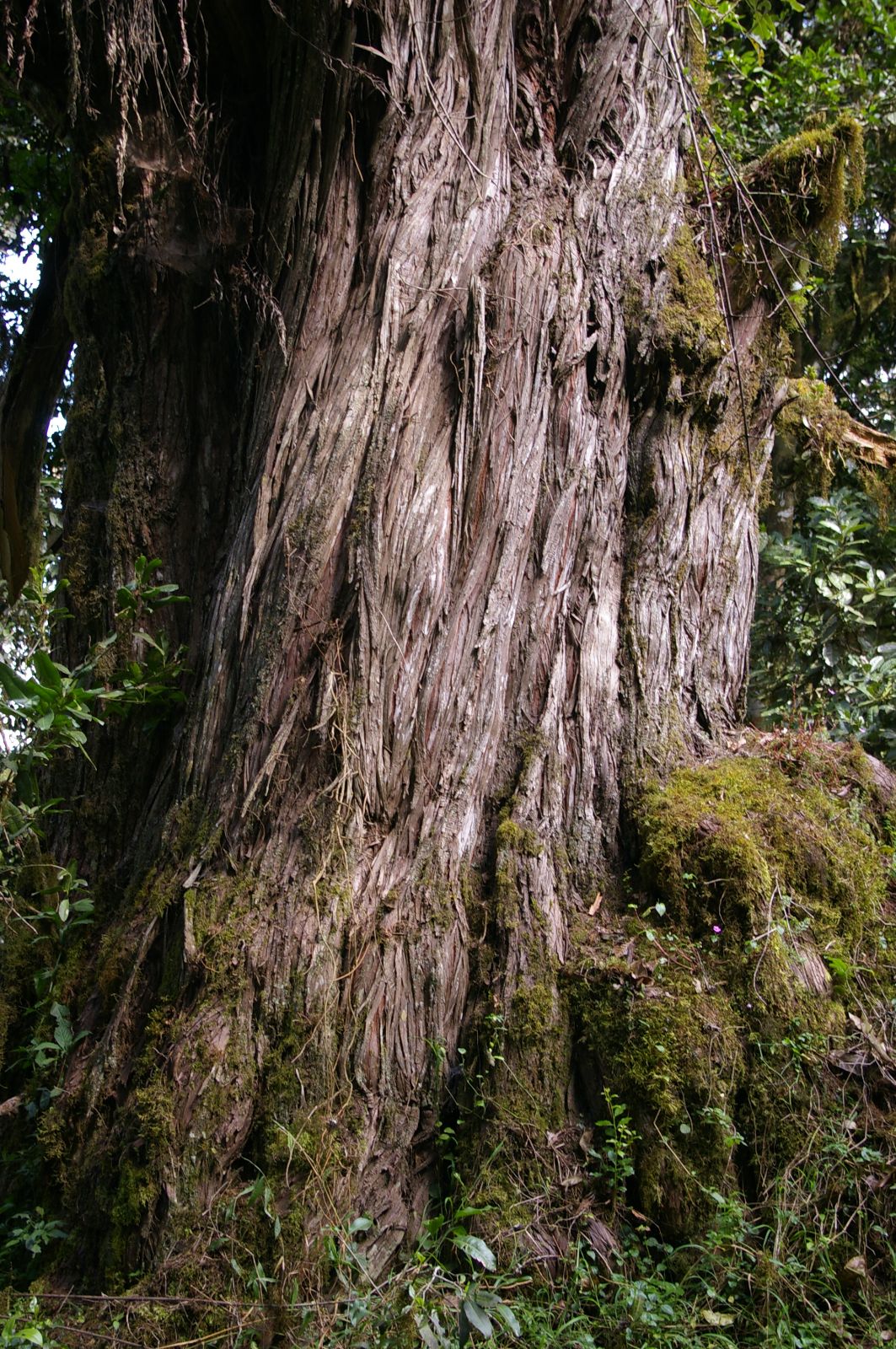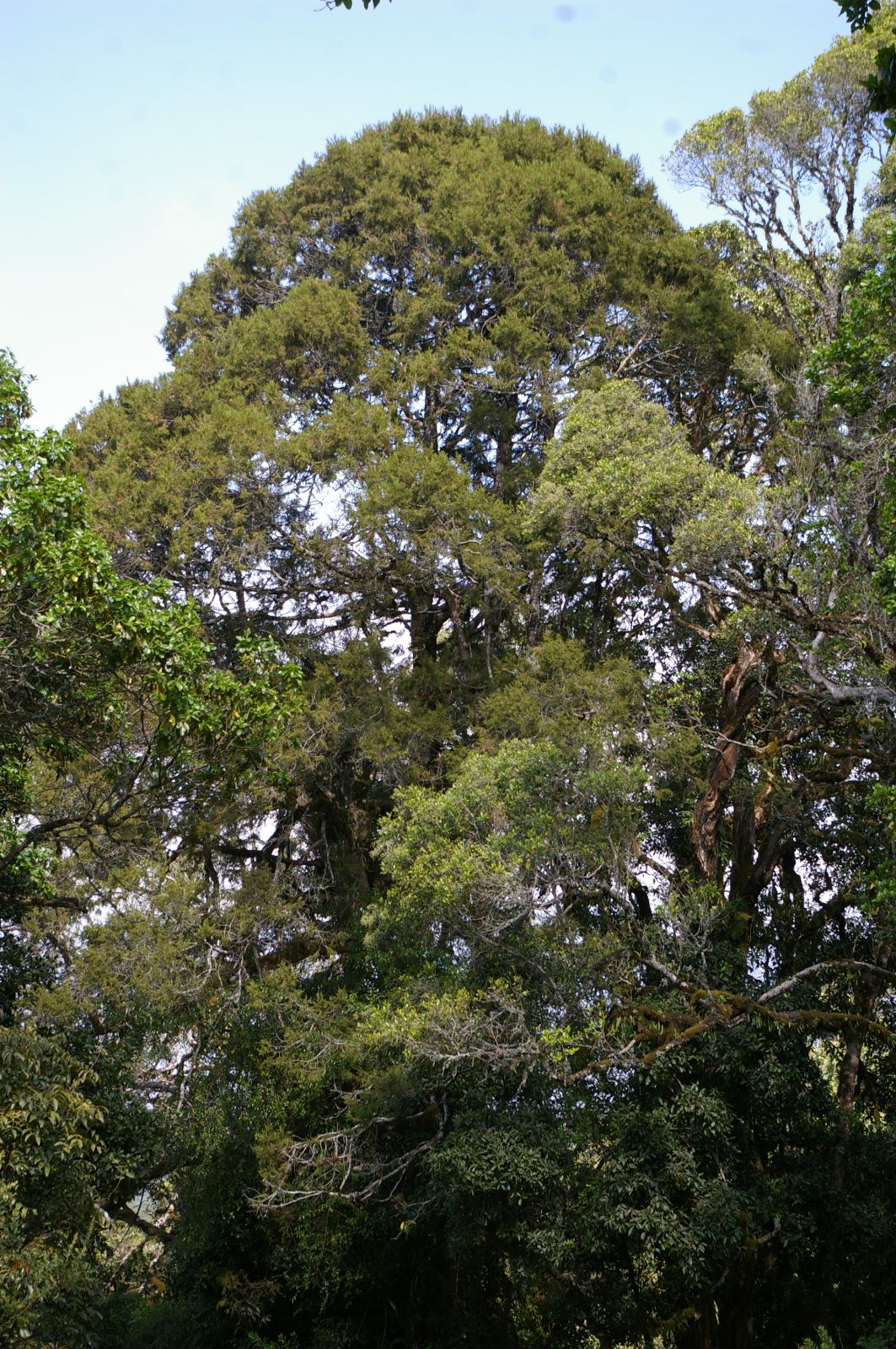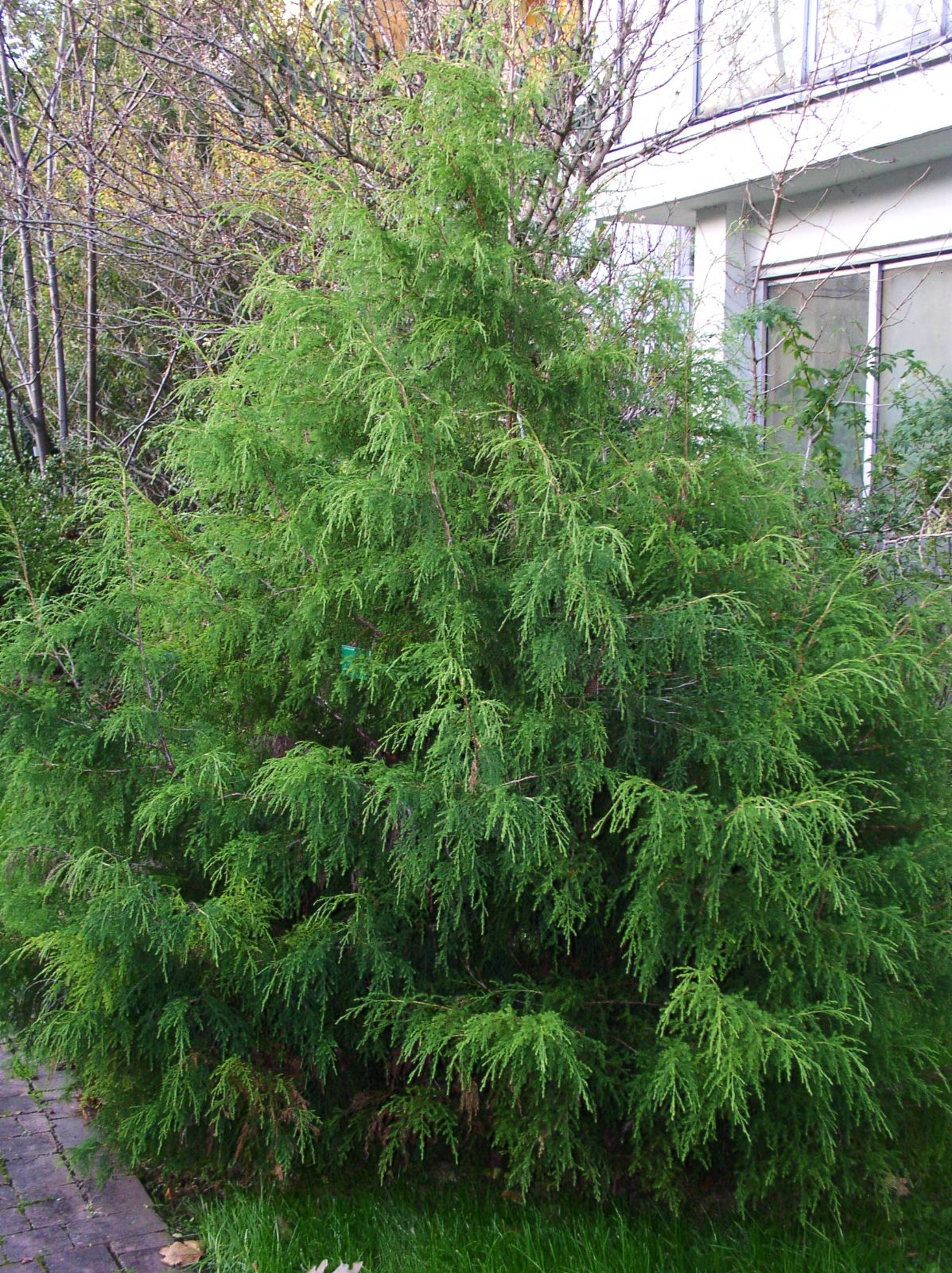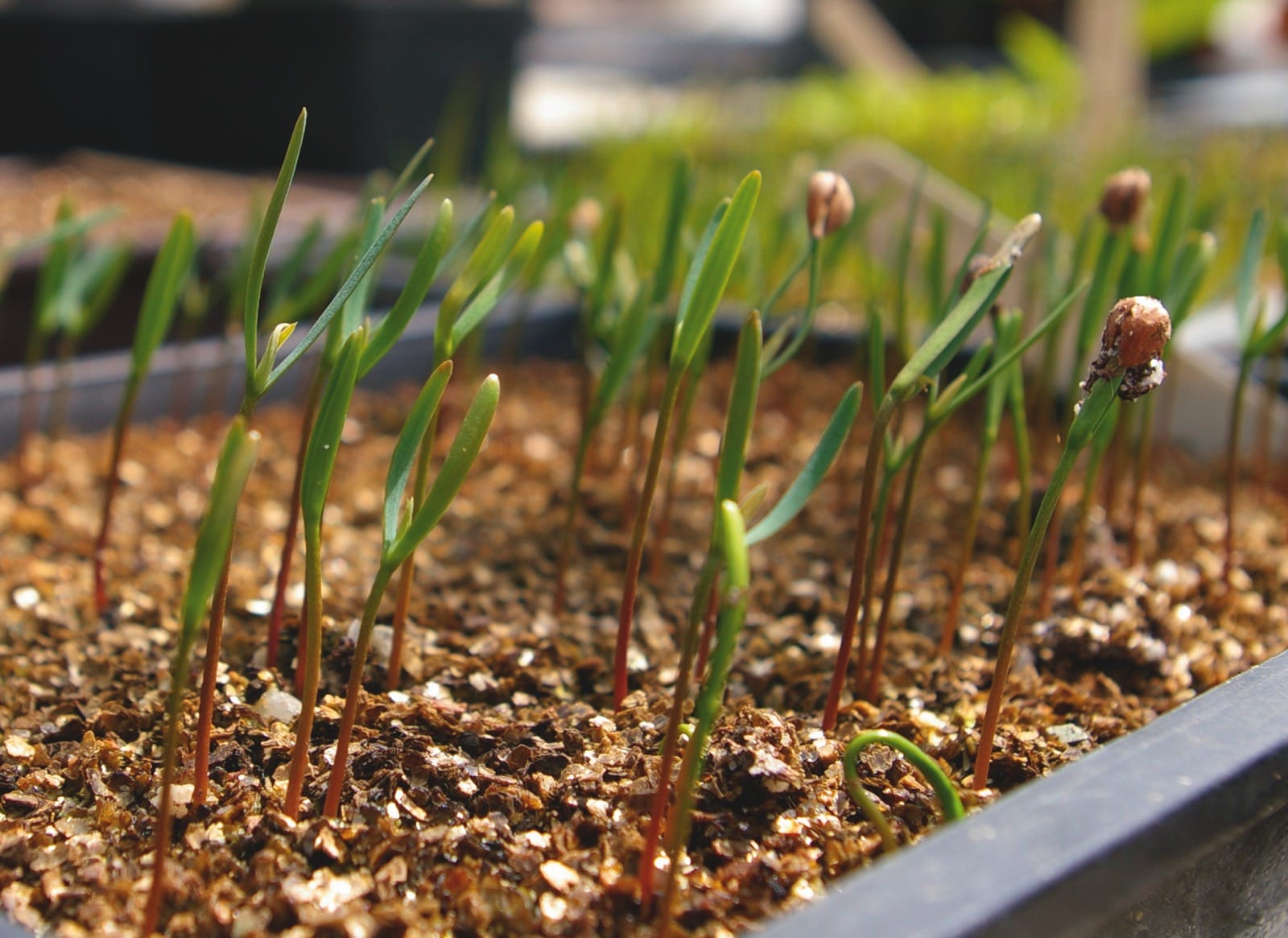Juniperus procera
Credits
Article from New Trees by John Grimshaw & Ross Bayton
Recommended citation
'Juniperus procera' from the website Trees and Shrubs Online (treesandshrubsonline.
Genus
Common Names
- African Pencil Cedar
- East African Juniper
- Ol-tarakwa
Other taxa in genus
- Juniperus bermudiana
- Juniperus cedrus
- Juniperus chinensis
- Juniperus communis
- Juniperus conferta
- Juniperus deppeana
- Juniperus drupacea
- Juniperus excelsa
- Juniperus flaccida
- Juniperus foetidissima
- Juniperus formosana
- Juniperus horizontalis
- Juniperus komarovii
- Juniperus occidentalis
- Juniperus oxycedrus
- Juniperus phoenicea
- Juniperus pingii
- Juniperus procumbens
- Juniperus recurva
- Juniperus rigida
- Juniperus sabina
- Juniperus saltuaria
- Juniperus scopulorum
- Juniperus semiglobosa
- Juniperus squamata
- Juniperus thurifera
- Juniperus tibetica
- Juniperus virginiana
- Juniperus wallichiana
Tree to 40 m, single-stemmed (rarely multistemmed), to at least 2.29 m dbh. Bark initially purplish, smooth with papery flakes, later brown or grey-brown with deep, longitudinal furrows, peeling in long strips. Crown pyramidal initially, becoming broad, domed or flat-topped, irregular and open with age. Branchlets in flattened sprays or with an irregular arrangement. Juvenile leaves in whorls of three or almost decussate, 0.8–1 × 0.1 cm; mature leaves light green or yellowish green, basally appressed, c. 0.1(–0.6) cm long; leaf resin glands conspicuous and active. Dioecious. Male strobili borne on short, lateral branches, green to orange-brown, 0.3–0.5 cm long, globose to ovoid, microsporophylls 10–12. Female cones solitary, ovoid, 0.3–0.7 cm diameter, colour variable (bluish or brownish or purplish black). Seeds (one to) two to three (to four) per cone. Farjon 1992, 2005c. Distribution CONGO (DEM. REP.); DJIBOUTI; ETHIOPIA; KENYA; MALAWI; SAUDI ARABIA; SOMALIA; SUDAN; TANZANIA; UGANDA; YEMEN; ZIMBABWE. The only species of Juniperus occurring south of the Equator. Habitat Primarily a species of African mountains between 1050 and 3600 m asl, though also occurs in upland savannas and on the Red Sea coast. Tolerates a wide range of rainfall regimes, from 1000–1200 mm (annual precipitation) in East Africa to as little as 400 mm. USDA Hardiness Zone 9. Conservation status Lower Risk. Several local populations of J. procera are endangered; the Zimbabwe population (Inyanga Mt.) has been reduced to just one individual (Coates Palgrave 1990). Illustration Farjon 1992; NT29, NT415, NT422. Cross-reference K143.
Juniperus procera is a characteristic Afromontane forest tree, but is dependent upon open ground to germinate and establish. Its presence is therefore a witness to past envir onmental events, and a single massive specimen growing amongst dense ‘virgin’ broadleaved Afromontane forest gave me (JMG) the clue to understanding the importance of fire and climatic change in affecting the composition of the forest in my study area on the northern slope of Kilimanjaro (Grimshaw 1996, 1998). This individual had a dbh of 229 cm and stood at least 30 m tall: a truly magnificent tree that was probably at least 300 years old. Juniperus procera is a species for which I have a great deal of affection, and I have enjoyed seeing it across parts of its range, from Ethiopia southwards to that solitary tree in Zimbabwe, clinging to its cliff some 1500 km south of all its relatives. It has therefore been pleasant also to see it thriving in cultivation. At Tregrehan a tree passed on from Kew is about 3 m tall and looking very well. When seen in 2005 this was just developing adult foliage, after about ten years. It has never shown any signs of frost damage (T. Hudson, pers. comm. 2005). TROBI has recorded several specimens in the past, the largest of which, at Fota, Co. Cork, was 14 m tall in 1987 but has since been broken off. Its girth is impressive, however, at 105 cm dbh. Although it may never achieve East African proportions, in the current climate J. procera is certainly worth attempting in the milder parts of our area.

